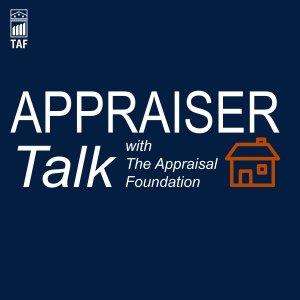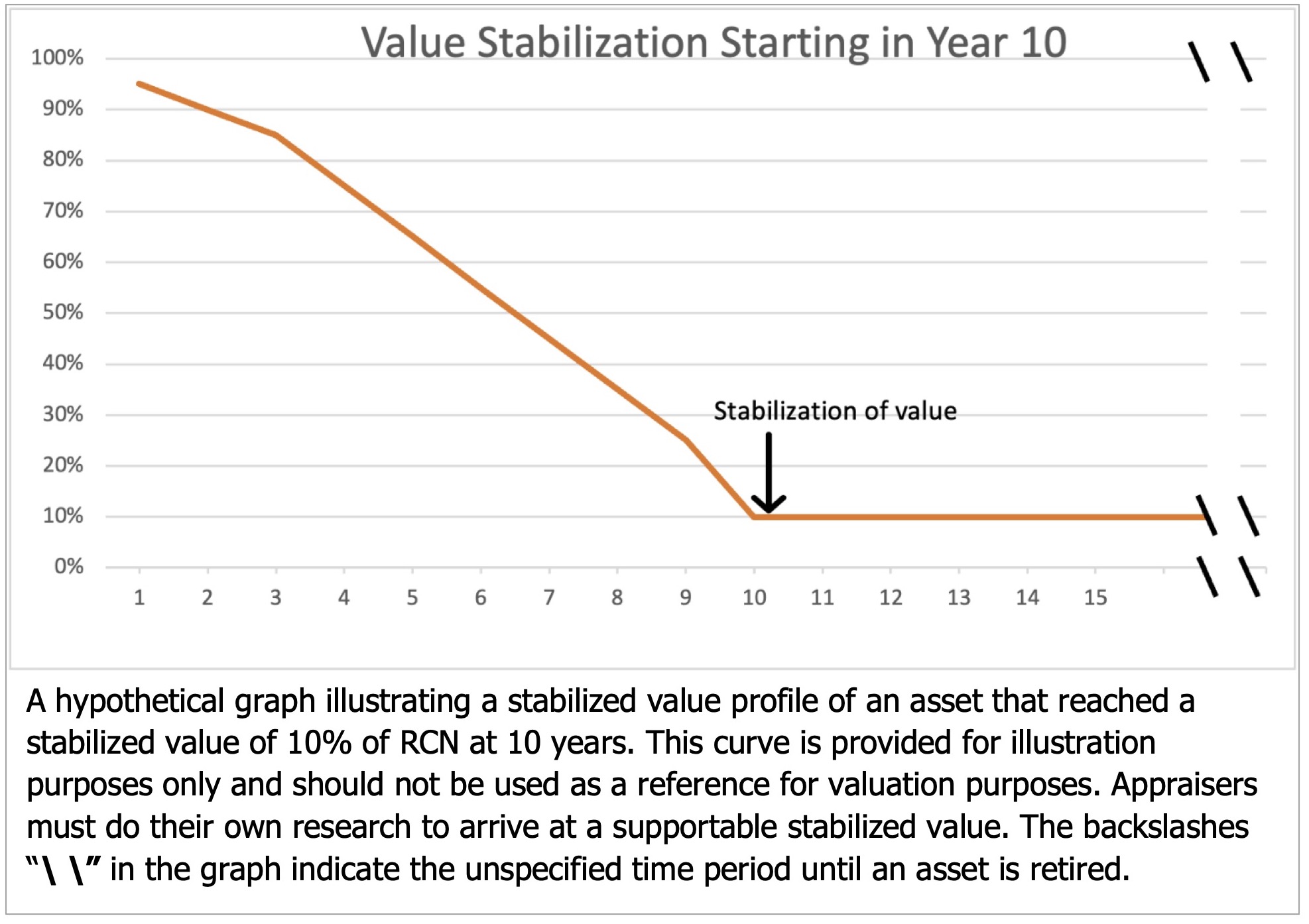 This past year we did a number of Restricted appraisal reports. All of them were for business owners, of course, and mostly for buy/sell/exchange scenarios.
This past year we did a number of Restricted appraisal reports. All of them were for business owners, of course, and mostly for buy/sell/exchange scenarios.
One was a manufacturing facility to be transferred from a retiring father to his in-charge son; another was a food processing plant for the purpose of assisting with an internal stock transfer; and the third was a paving/construction company for a buy/sell negotiation.
Most of our appraisal reports are used in litigation or family law: areas where Restricted reports aren’t appropriate, so a slew of assignments in which we could provide concise streamlined reports was interesting.
Limited equipment & market condition information
Restricted reports, in contrast to appraisal reports, can provide limited information, assuming that the intended users are already well informed regarding the Subject Assets and industry market conditions and that they do not need a depth of explanation regarding the process of valuation.
In each of our 2020 Restricted report projects, the intended users of the reports were well-informed about the equipment being appraised and the industry market conditions. We aren’t faced, as we often are, with the necessity of providing adequate background for users who don’t know what a CNC machine does, or how the current demand for commercial paving is shaping up. Of course, Restricted reports can be shared with other folks at the discretion of the client, but those readers don’t automatically become Intended Users as defined by USPAP and so the appraisal report has no obligation to educate them. The client who provides the report can do that.
Lack of contention
Much like the difference between deciding to buy a car on your own or being in a position of justifying or explaining to another party why a sports car is a better choice than a sedan, the Client needing a Restricted report will generally be using the report for non-contested decisions. A Restricted report, therefore, will not need to provide a thorough discussion of the research, analysis or methodology used to arrive at an opinion of value except as needed “to ensure that a report is meaningful and not misleading to the intended user(s).”
In any kind of litigation, in family law cases, IRS filing and in property tax disputes, the report must contain enough explanation and discussion to convince and persuade the Intended User of its credibility, and although not required by USPAP, and on a practical note, any opposing or contesting parties of the credibility of the appraisal. This is not an issue in Restricted report situations.
Multiple intended user option
This allowance for multiple intended users is new in USPAP 2020-21. Previously, the Restricted option was available only for reports with one intended user. This neatly avoided the possibility that any additional Intended Users might not fully understand the subject property and/or the appraisal problem to be solved because of limited information presented in the reports. Limited information, however, is relative.
Standards for Restricted reports have always included the provision of not being misleading; this includes providing sufficient information for the client to be able to identify and understand the appraisal problem, including appropriate explanation of how the opinion of value is developed: the research, methodology and analysis.
In USPAP 20-21, these requirements expand to include a named intended user, allowing greater flexibility on who may rely on the report, such as the father and son who were the intended users of the farm equipment appraisal.
Benefits of Restricted reports
The benefit to clients of a Restricted Appraisal Report can include lower fees and shorter turnaround times due to streamlining information that would be necessary in a non-Restricted report. Which is not to say that the research or analysis is reduced! USAP demands the same standard of care for analytical methods applied in a Restricted Appraisal Report as for an Appraisal Report: the development of an appraisal assignment requires the same level of research and analysis, and the appraiser’s workfile must be complete enough to produce a non-Restricted report upon request. A “one-sheet wonder“ which simply lists items and values would not quality as a Restricted report under USPAP.
Advisory Opinion-38
When considering Restricted reports, it’s worthwhile to consider USPAP’s new Advisory Opinion-38 (AO-38), titled Content of an Appraisal Report and Restricted Appraisal Report. This opinion replaces AO-11 and AO-12, which have been retired.
One key point is that although a report must be labeled either as an “Appraisal Report” or a “Restricted Appraisal Report,” additional labels can be added. For instance, one of our Restricted reports was also labelled “Limited Scope” since it was performed without an inspection.
Appropriate for Intended Use
Another warning is that the content of a Restricted Appraisal Report must be “appropriate for its Intended Use” – reminding us that Restricted reports are not necessarily the go-to for every appraisal intended for a Client who is also the only Intended User.
Before suggesting a Restricted Report to a Client, an appraiser would do well to read the entire AO-38, especially the sections “When may it be appropriate to issue a Restricted Appraisal Report?” and “What are the differences between the required content of an Appraisal Report and Restricted Appraisal Report?”
Note that in the USPAP lexicon the terms Intended Use and Purpose have very different meanings. The Purpose of an appraisal is always the same, to arrive at an opinion of value. The Intended Use is more specific such as “stock transfer” or “loss dispute.”
Minimum content requirements
The concept of “minimum content requirements” for Restricted reports is addressed more than once in AO-38, which states that
“USPAP does not prescribe a one-size-fits-all level of information regardless of the required minimum contents of a report. An appraiser … may need to exceed the minimum requirements to ensure that a report is meaningful and not misleading to the intended user(s) … minimum content requirements do not prohibit an appraiser from providing more extensive explanation and background …”
Can you use a Restricted report?
If you’re curious about whether a Restricted appraisal report is right for your situation, consider these examples of when such a report may be appropriate, adapted from AO-38:
- Acquisition or disposition by someone knowledgeable about the assets
- An opinion of value without the need for explanations regarding methodology or analysis
- A recurring appraisal of assets that the appraiser has valued many times in the past
- A preliminary value to decide whether to dispute property taxes
Now that USPAP has opened the possibilities for Restricted reports I expect we’ll be doing even more of them. Give us a call at 530.795.5536 if you have questions about whether a Restricted report can meet your appraisal needs.
Jack Young, ASA—MTS/ARM, CPA
NorCal Valuation Inc.




